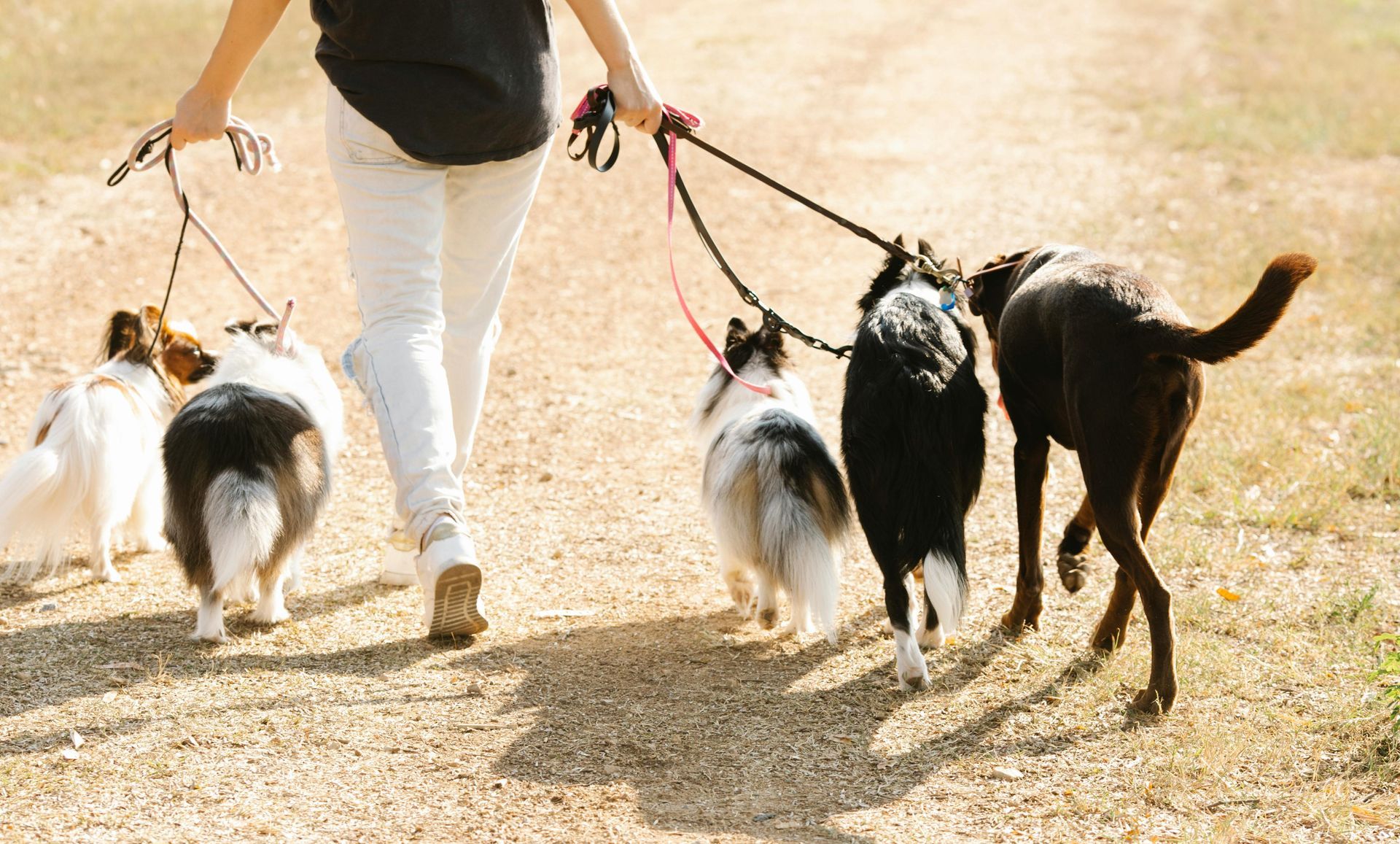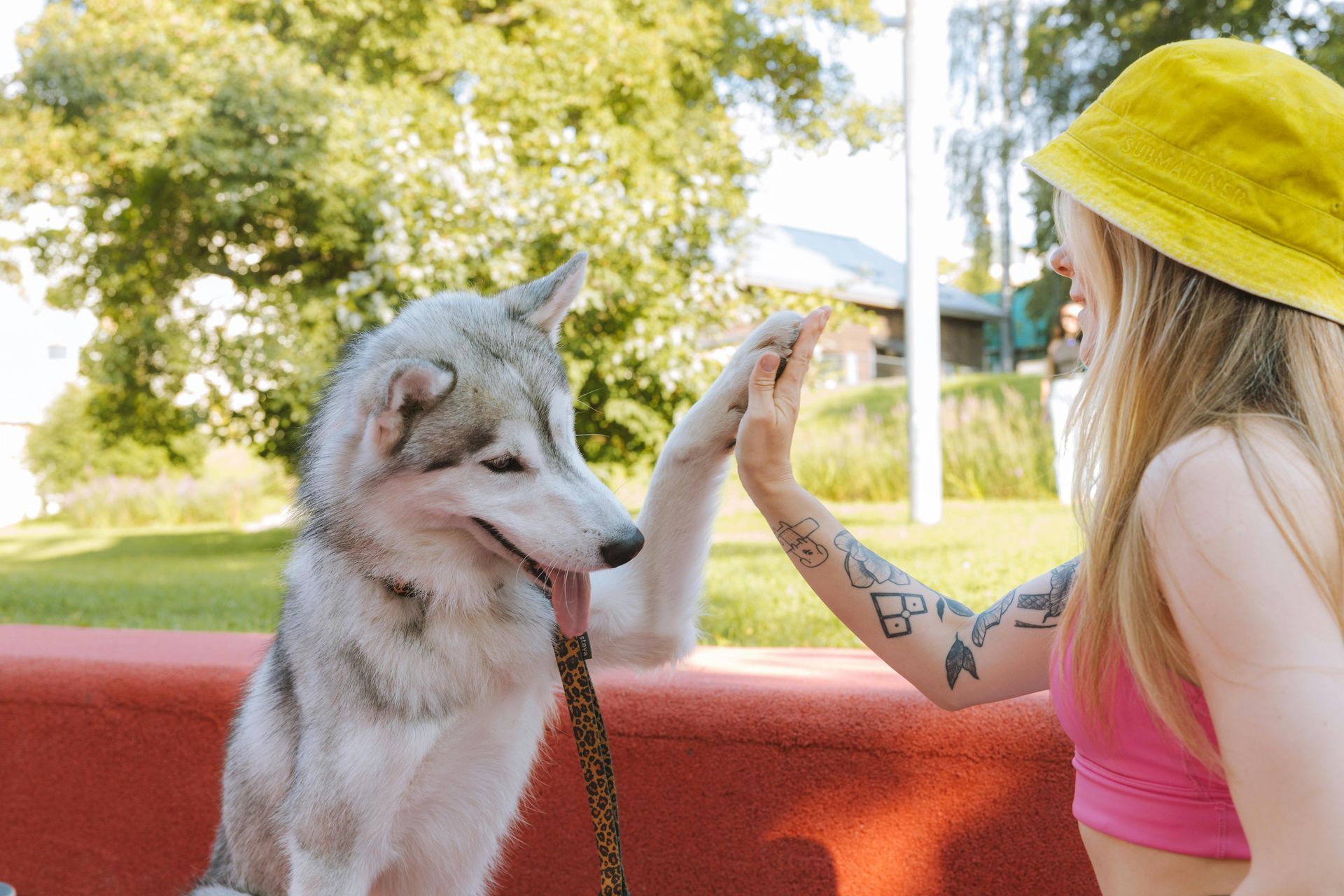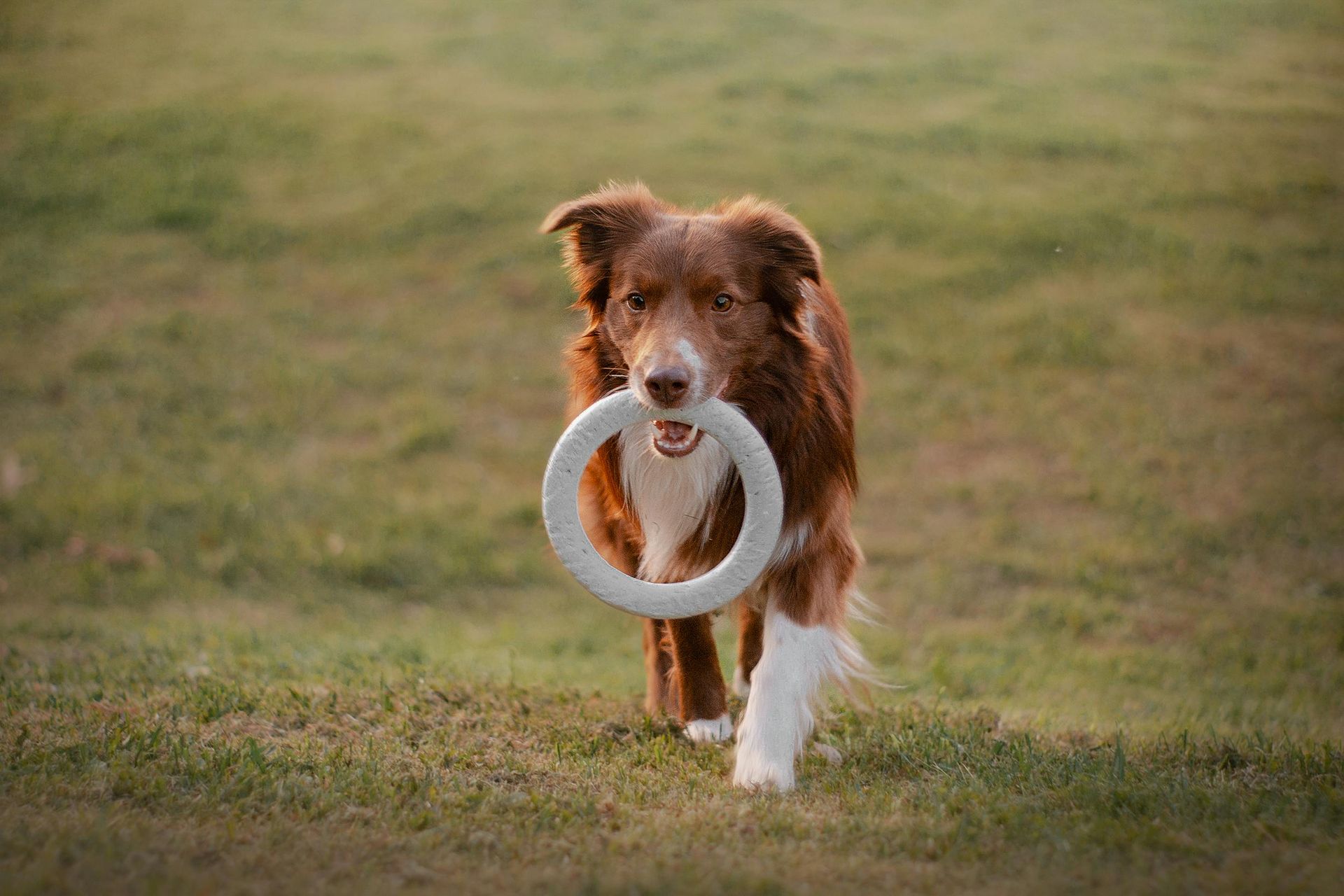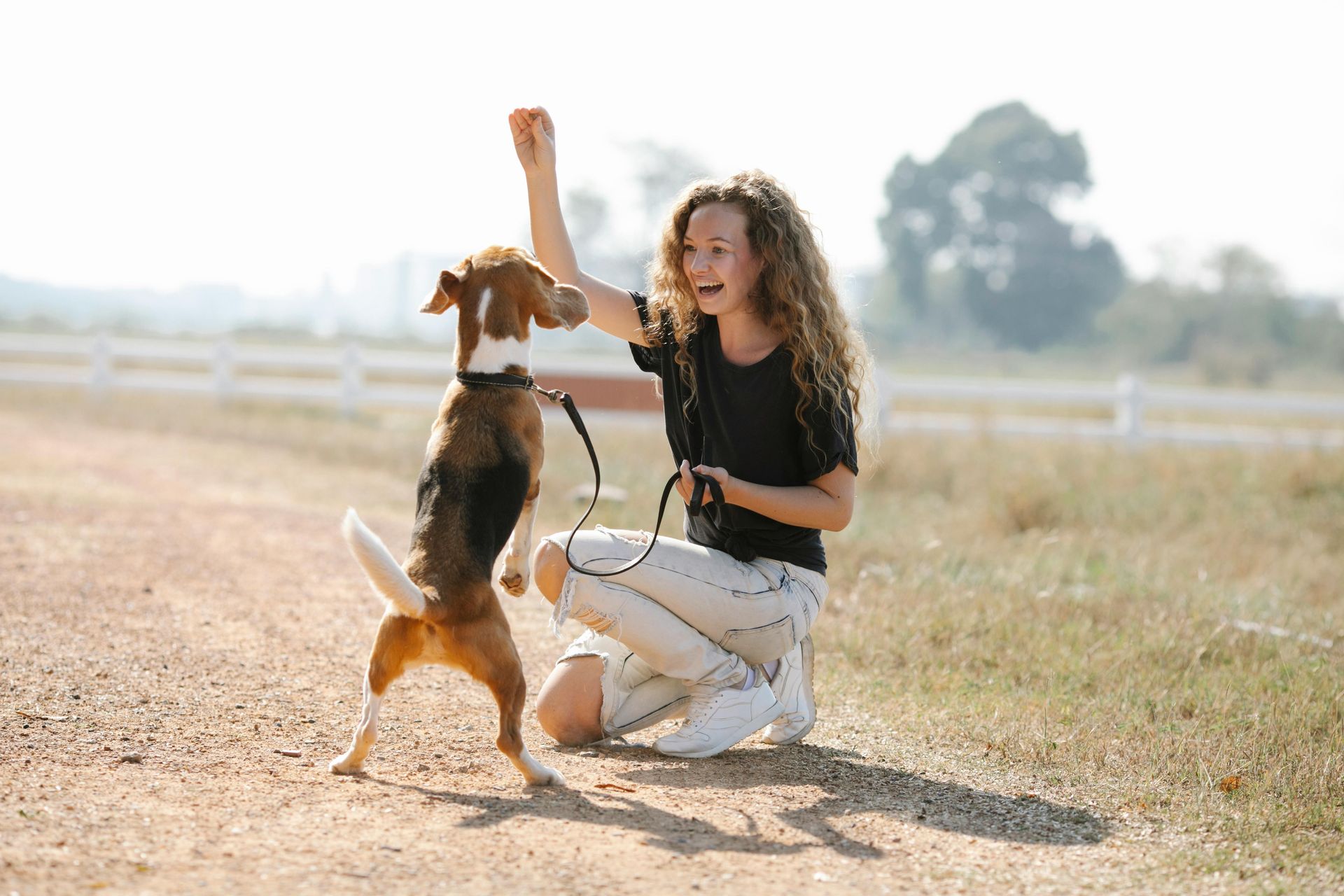The Role and Benefits of Crate Training Your Dog
A dog's crate is more than just a place to confine your pet; it's a personal space that provides safety, security, and comfort. Here’s how to make the most of crate training, ensuring it benefits both you and your dog.
Why Crate Train Your Dog?
- Safety in Emergencies: Crates are invaluable during emergencies like natural disasters or evacuations, providing a safe, familiar refuge for your dog.
- Medical Recovery: Crates can also be crucial if your dog needs to recover from surgery or illness, offering a calm space that limits activity and promotes healing.
- Managing Anxiety and Guests: For dogs with anxiety or those that might react unpredictably to strangers, a crate can be a safe and private area to relax when new people visit your home.
- Travel Safety: Crating your dog during travel can prevent injury by keeping them secure and also makes accommodations in pet-friendly hotels easier.
How to Crate Train Effectively
- Introduce Gradually: Start by letting your dog explore the crate at their own pace without closing the door. Encourage them by placing treats and favorite toys inside.
- Create Positive Associations: Feed your dog meals in the crate or use treats and toys to make time in the crate enjoyable. This helps your dog associate the crate with positive experiences.
- Train Regularly but Not Excessively: Gradually increase the time your dog spends in the crate. Always monitor their comfort level and never use the crate as a punishment.
- Comfort is Key: Ensure the crate is comfortable with appropriate bedding and safe toys. The crate should be large enough for your dog to stand, turn around, and lie down comfortably.
Alternatives to Crate Training
While crate training has many benefits, it's not the only option for managing your dog's environment:
- Baby Gates or Pens: These can section off parts of your home without the confinement of a crate, providing space for your dog to move around safely.
- Enrichment Areas: Set up a specific area with toys, puzzles, and chews that keep your dog mentally and physically engaged.
Choosing the Right Crate
Select a crate that suits your dog’s size and your space constraints. Wire crates are popular for their durability and ventilation, while plastic crates are better for travel. For homes where aesthetics are a concern, furniture-style crates blend with your decor.
Conclusion
Crate training, when done correctly, can enhance your dog's sense of security and provide them with a space of their own. It’s a useful tool for managing behavior, ensuring safety, and providing comfort, especially when you’re not able to supervise your dog directly. Always approach crate training with patience and consistency and ensure it’s a positive experience for your pet.

